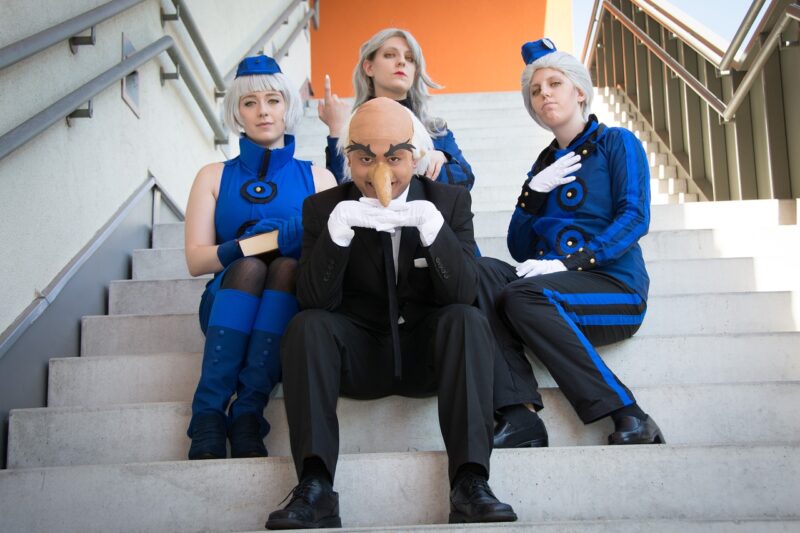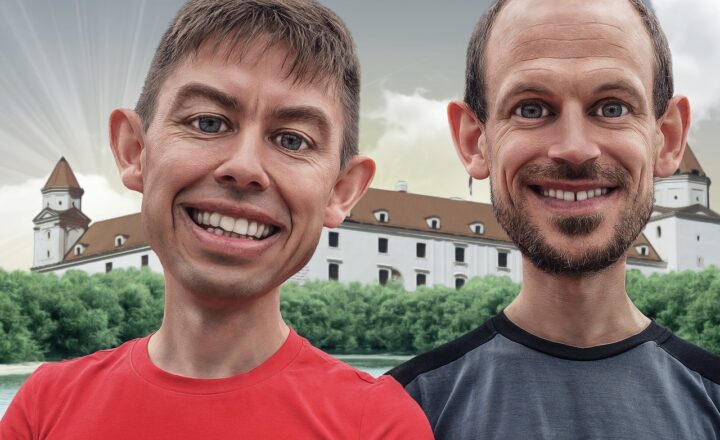
Comic book conventions, once modest gatherings of fans and creators, have evolved into major global events that attract hundreds of thousands of attendees, including celebrities, artists, and industry leaders. This article takes a deep dive into the history, growth, and cultural significance of comic book conventions, revealing how they transformed from small local events to international spectacles.
1. The Humble Beginnings of Comic Book Conventions
The first comic book convention was held in New York City in 1964, organized by a group of fans who aimed to celebrate their passion for comic books. This small event featured panel discussions, comic book swaps, and opportunities for fans to meet their favorite creators. Attendance was modest, but the seeds were planted for what would become a thriving global phenomenon.
As the popularity of comic books surged during the 1970s and 1980s, so did the interest in conventions. Events began to spread across the United States, with significant gatherings such as the San Diego Comic-Con International (SDCC) launching in 1970. These early conventions laid the groundwork for future growth, creating connections between fans and creators in ways that were previously unimaginable.
2. The Evolution of Comic Conventions in the 1990s
As comic book conventions gained traction in the 1990s, they began to diversify. No longer mere showcases for comic books, these events expanded to include a variety of media such as anime, video games, movies, and television. The emergence of pop culture phenomena, like superhero films and anime series, contributed significantly to this diversification.
Notably, in 1997, the creation of the Comic-Con International Foundation marked a turning point, inviting esteemed guests from across the entertainment industry. Conventions began to attract high-profile speakers, including writers, directors, actors, and illustrators, drawing in larger audiences.
3. The Role of Technology in Driving Growth
The rise of technology has also played a crucial role in the expansion of comic conventions. In the late 2000s and early 2010s, social media platforms revolutionized event marketing and attendee engagement. Fans could share experiences in real-time, promoting events and generating buzz that reached global audiences.
Online ticketing systems further streamlined the process, allowing conventions to manage thousands of attendees more efficiently. Technology enabled conventions to expand beyond their physical locations, with live-streamed panels, virtual artist alleys, and even hybrid events that combined in-person and online participation.
4. The Cultural Significance of Comic Conventions Today
Today, comic book conventions are cultural phenomena that foster community. They provide a space for fans to connect over shared interests, celebrate diversity, and build lasting friendships. The atmosphere is electric, filled with excitement as attendees engage in cosplay, participate in workshops, and attend panels featuring industry legends.
Moreover, these gatherings have become important marketing tools for entertainment companies. The presence of major studios and publishers seeking to promote their latest projects adds a layer of anticipation and excitement to the events. Exclusive previews, trailers, and merchandise often debut during these conventions, making them essential platforms for launching new content.
5. Major Comic Conventions Around the World
As the popularity of comic conventions has soared, international events have emerged, showcasing the global dimension of fandom. Some of the most notable conventions include:
- San Diego Comic-Con (SDCC): The granddaddy of all conventions, attracting over 130,000 attendees annually. It features panels from major studios and a massive exhibit hall for vendors.
- New York Comic Con (NYCC): A significant player on the East Coast, NYCC brings together film, television, and comic enthusiasts and regularly attracts over 200,000 attendees.
- London Film and Comic Con (LFCC): UK’s largest comic convention, featuring a diverse range of guests and panels, celebrated for its impressive lineup of actors and creators.
- Anime Expo: Though focused on anime and manga, this convention blends well with comic culture and attracts a global audience every year in Los Angeles.
- Tokyo Comic Market (Comiket): Held twice a year, this convention merges anime, manga, and self-published works, drawing hundreds of thousands of attendees eager to explore Japanese pop culture.
These conventions create vibrant hubs for fans, offering opportunities for connection, exploration, and creativity.
6. Challenges Facing Comic Book Conventions
Despite their success, comic book conventions face several challenges. The COVID-19 pandemic significantly impacted live events globally, forcing many conventions to adapt or postpone. Hybrid models have emerged, allowing for in-person gathering while offering digital access to attendees unable to travel.
Additionally, as conventions grow, concerns over accessibility, inclusivity, and ticket pricing become evident. Organizers are increasingly prioritizing diversity, working to create environments where everyone feels welcome and represented.
7. The Future of Comic Book Conventions
The future of comic conventions appears bright. With the continued rise of fandom and popular media franchises, these events are poised for further growth. Emerging technologies such as virtual reality, augmented reality, and improved streaming capabilities are likely to enhance attendee experiences, creating immersive environments that engage fans in innovative ways.
In conclusion, comic book conventions have evolved from local gatherings of comic enthusiasts to major global events that celebrate a rich tapestry of creativity and culture. As they continue to grow and adapt to the changing landscape of entertainment, these conventions will remain valuable platforms for fans to connect, learn, and celebrate their passions.
Conclusion
Comic book conventions represent the powerful intersection of fandom, creativity, and community. They have become cultural landmarks that ignite passion and celebrate the interconnectedness of various forms of artistic expression. As we look forward to the future, one can only imagine the incredible experiences that lie ahead in the ever-evolving world of comic book conventions.







